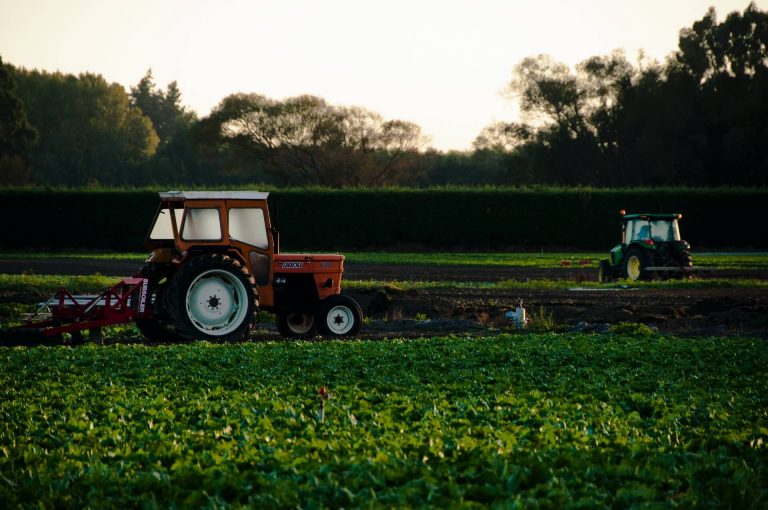COVID-19 has resulted in some of the greatest supply chain disruptions ever experienced in Australian food and agriculture – affecting trade into both domestic and export markets and challenging producers to employ creative freight and operational strategies. In the post-COVID context, there are a number of key ways in which KPMG expects agricultural supply chains to refocus and rebuild, with lasting impacts upon logistics and freight. The questions of ‘where’ we produce and ‘how’ we manage the transportation of food and agricultural goods are likely to face long-term change to drive future resilience.
The pre-COVID world was dominated by a dispersed production model, where internationally-sourced component inputs come together in a final location to be assembled into a finished good. The closure of borders during COVID-19 has underlined the inherent risk of how over-reliance on external (overseas) sourcing can affect overall operations. The rise of ‘micro supply chains’ is expected to become more prominent in the aftermath of COVID-19 – where value-added products such as processed foods and ready-meals are made close to where they will be sold, and ingredient inputs are similarly co-located. In tandem with geopolitical events such as Brexit and US-China trade disputes, local supply chains will become more prevalent as to enable flexibility and continuity of production that ceases to rely as heavily on international supply chains to guarantee ongoing business.
The second long-term impact to food and agricultural supply chains will be the increased digitisation and use of analytics to build ‘smart’ supply chains that are highly efficient and responsive to disruption. Improved quality and quantity of supply chain data will enable businesses to quickly analyse impacts of disruptive events and proactively restructure their logistics. The sector is undergoing a digital revolution, as technologies such as intelligent automation, blockchain, IoT, machine learning and predictive analytics are increasingly integrated into the operations of agribusinesses and food supply chains more broadly. The growing use of these systems and networks will enable ongoing risk monitoring and efficient mitigation when future disruptions occur.
These longer-term transformational changes will occur in the context of the medium-term solutions offered by the Australian Government and industry to support producers, manufacturers and exporters. The most prominent example of this, the International Freight Assistance Mechanism (IFAM), is a $110m initiative to support agricultural exporters with continuing to access key markets such as China, Japan, and the Middle East. High value export products such as seafood, premium meats, dairy and horticulture are able to flow into global markets using this scheme, albeit at lower volumes and on short-notice, inconsistent schedules. Similar initiatives and growing consolidation of export shipments across businesses and industries has aided Australian agriculture with continuing to service export markets, however as the above longer-term changes occur, these supply chains will look and feel very different.
By KPMG




